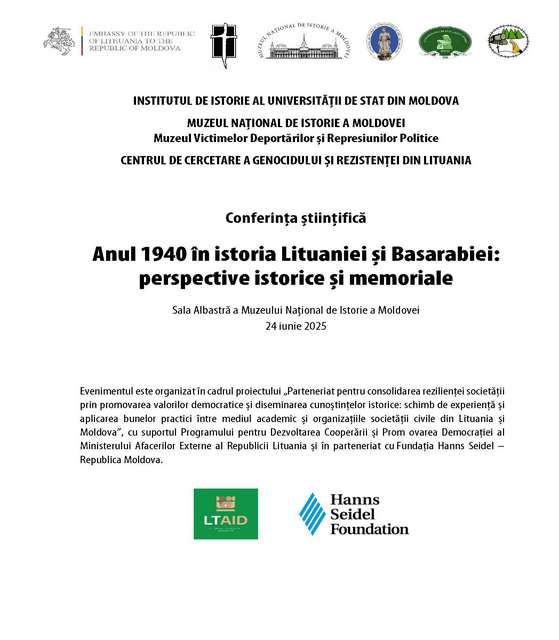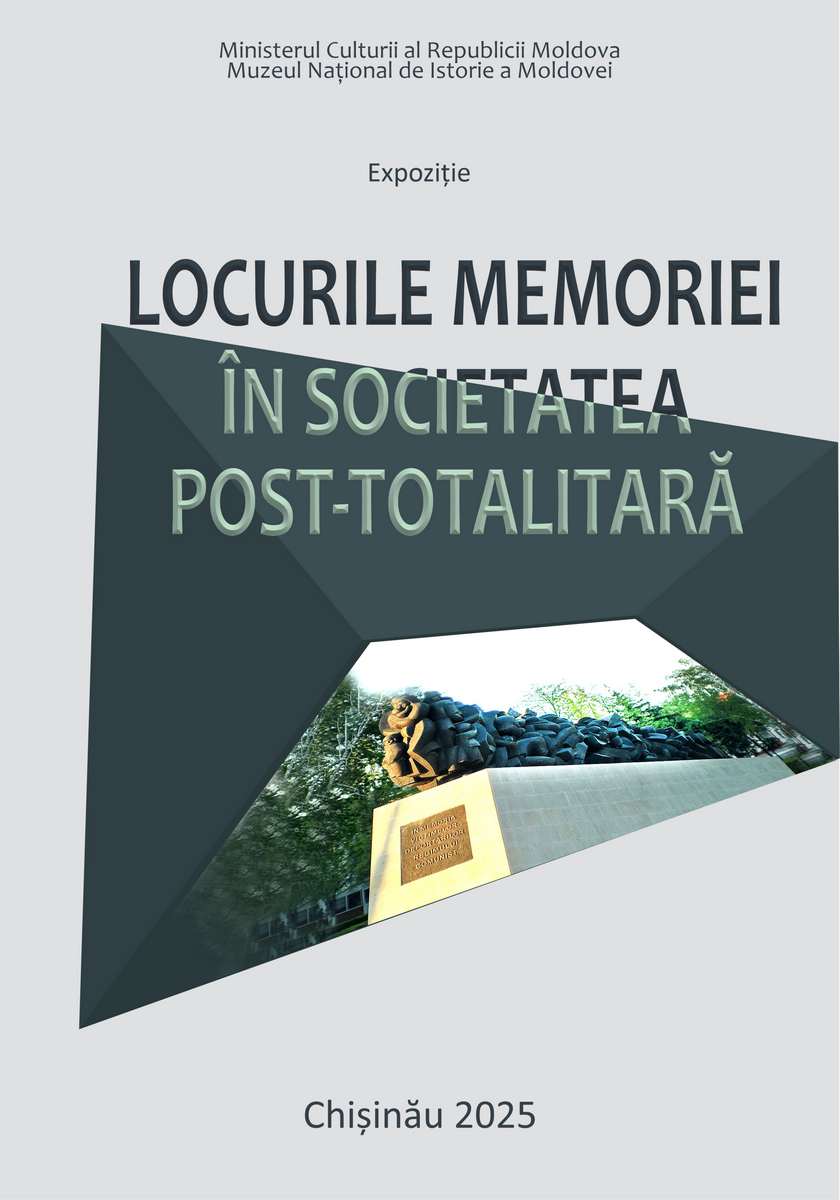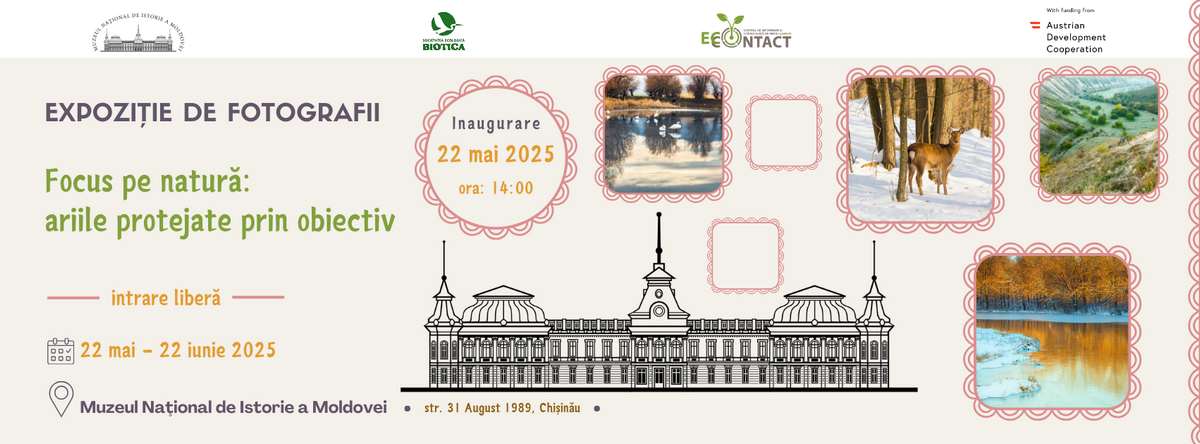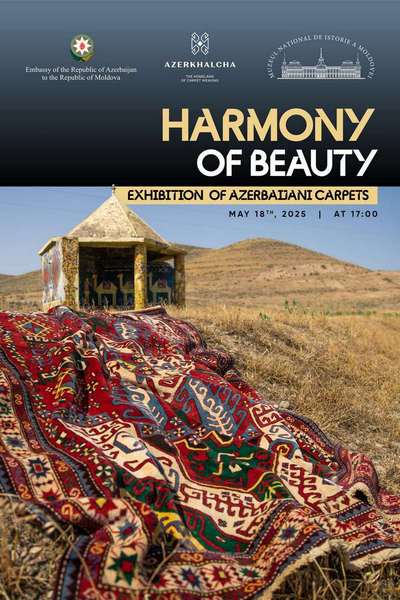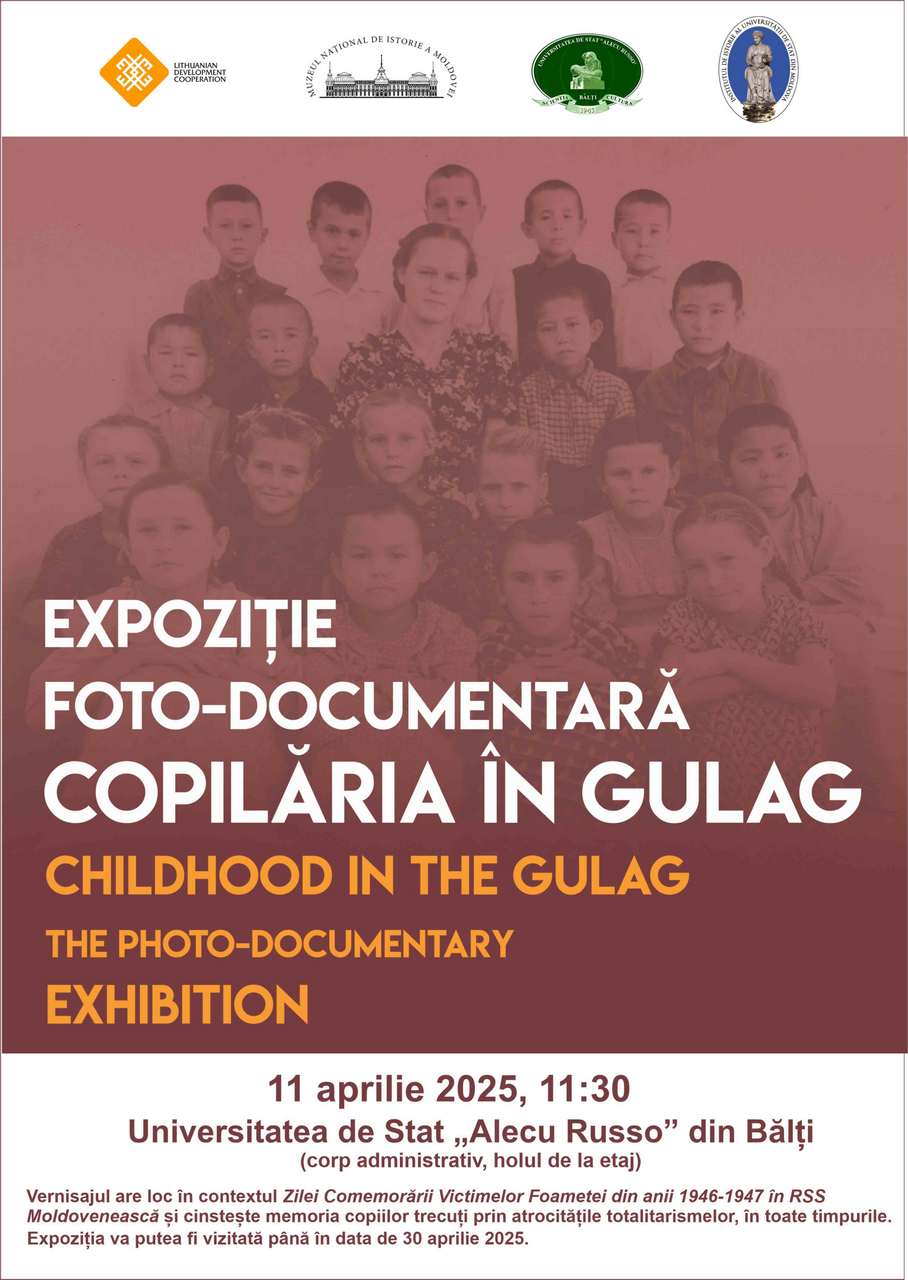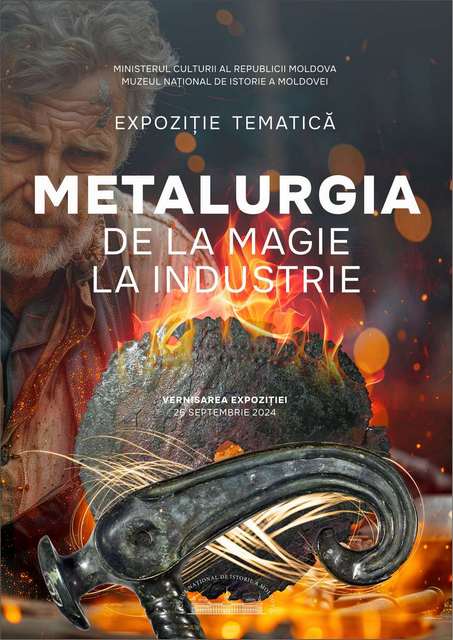  Events Archive Events Archive
Opening of the "Whisper of Harmony..." 100 years since the birth to the plastic artist Igor Vieru (1923-1988) exhibition
August 29, 2023
On August 29, in the premises of the National Musuem of History of Moldova, took place the opening of the "Whisper of Harmony..." 100 years after the birth of the plastic artist Igor Vieru (1923-1988) exhibition. The event was opened by Eugen Sava, the General Director of NMHM, who emphasized the importance of Igor Vieru and his creation for the national cultural heritage. The event was moderated by Ana Boldureanu, Head of History and Museology NMHM, and Vladimir Beșleaga, writer, Florina Breazu, president of the Union of Plastic Artists from the Republic of Moldova, Leontina Vatamanu, film-maker, Vasile Malanțchi, writer, Eleonora Sîrghi, art critic and Emilia Vieru, representative of the Vieru family participated with speeches. The exhibition includes a series of paintings and book illustrations signed by Igor Vieru, as well as personal objects of the painter, preserved in the heritage of the NMHM. Part of the artist's works of art were exhibited as part of Igor Vieru's largest personal exhibition, hosted by the Museum between May and September 1988, at the opening of which he was not allowed to arrive alive, dying from life on May 24, 1988. The generic of the current exhibition was taken from the essay "Thoughts on the threshold of the house", signed by Igor Vieru in 1981, where, among other things, the painter meditating on the contemporary trends of desecrating the harmony of colors, specific to the old barks, mentions that the whisper of their harmony has become an irritating scream, thus wanting to emphasize the importance and necessity of preserving our ancestral art unaltered. The exhibition is structured in two compartments: personal items and photographs, paintings and graphic drawings by the painter Igor Vieru. In the first compartment are displayed the state and departmental decorations of the USSR and the Moldavian SSR, given to the painter in recognition of his merits and their certificates, photographs, in which scenes from the life and work of Igor Vieru are reproduced, several personal objects, such as the hat his straw saddle, the violin he played on, the painting suitcase, a color palette, a bowl for washing brushes, a family rug, etc. A central place is occupied by Igor Vieru's easel, on which the painter's "Self-Portrait", created in 1968, is displayed. In the second compartment, a series of works are displayed, including oil paintings on cardboard such as "Childhood Memories" by Ion Creangă, the portrait of Ion Creangă, the bojdeuca of Ion Creangă from Iași, gouache illustrations on paper for the textbook "Abecedar" from 1968, on which he worked together with the poet Grigore Vieru; graphic designs for Mihai Eminescu's book "Călin", scenery for the film "Bridges" by Vasile Pascaru from 1979, as well as illustrations for children's books "Guguță, ship captain", "Mother-in-law with three daughters-in-law" by I. Creangă, from 1955, "The Story of Snowflakes" by Grigore Vieru, from 1956, etc. The exhibition can be visited by the general public starting from August 17, 2023 and until September 26, 2023, in the upstairs hall of the National Museum of History of Moldova, 31 August 1989 str., 121A.
|




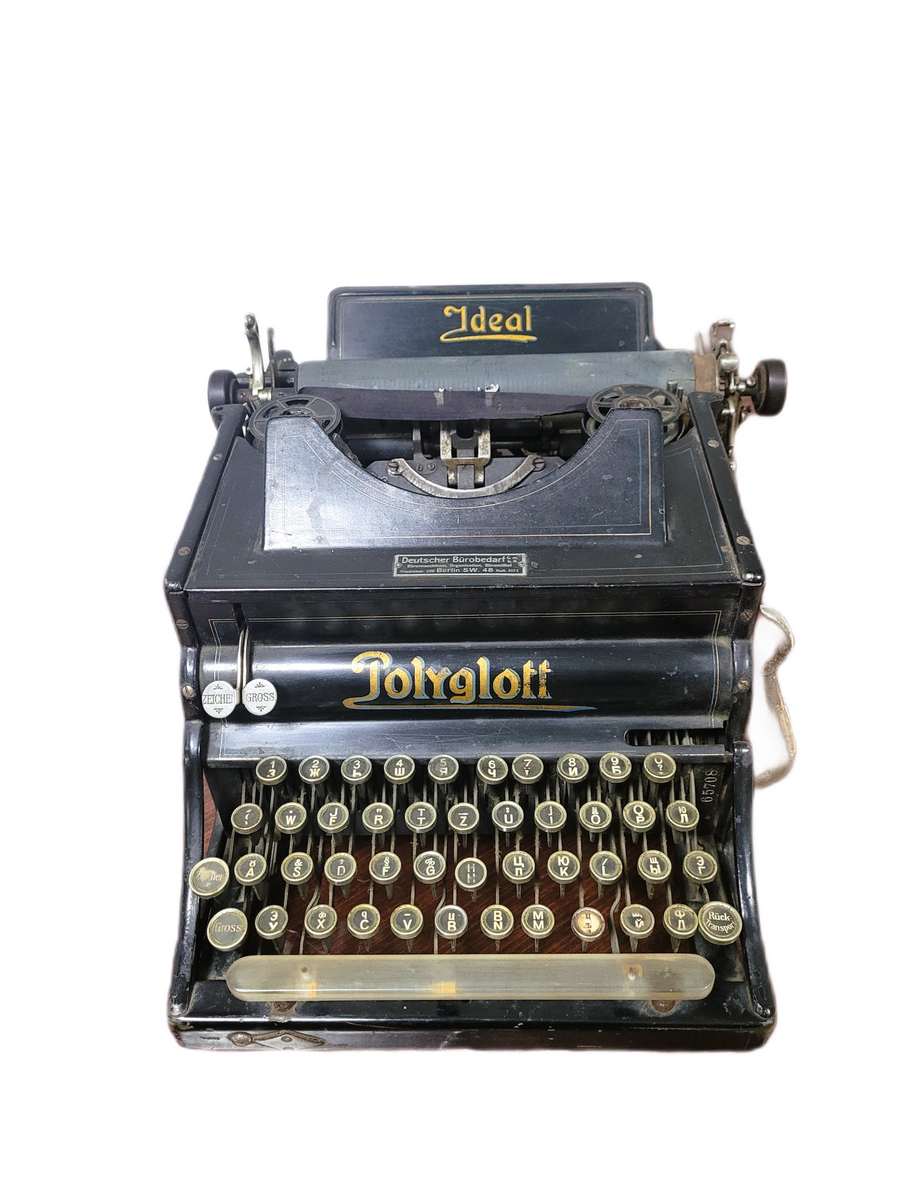
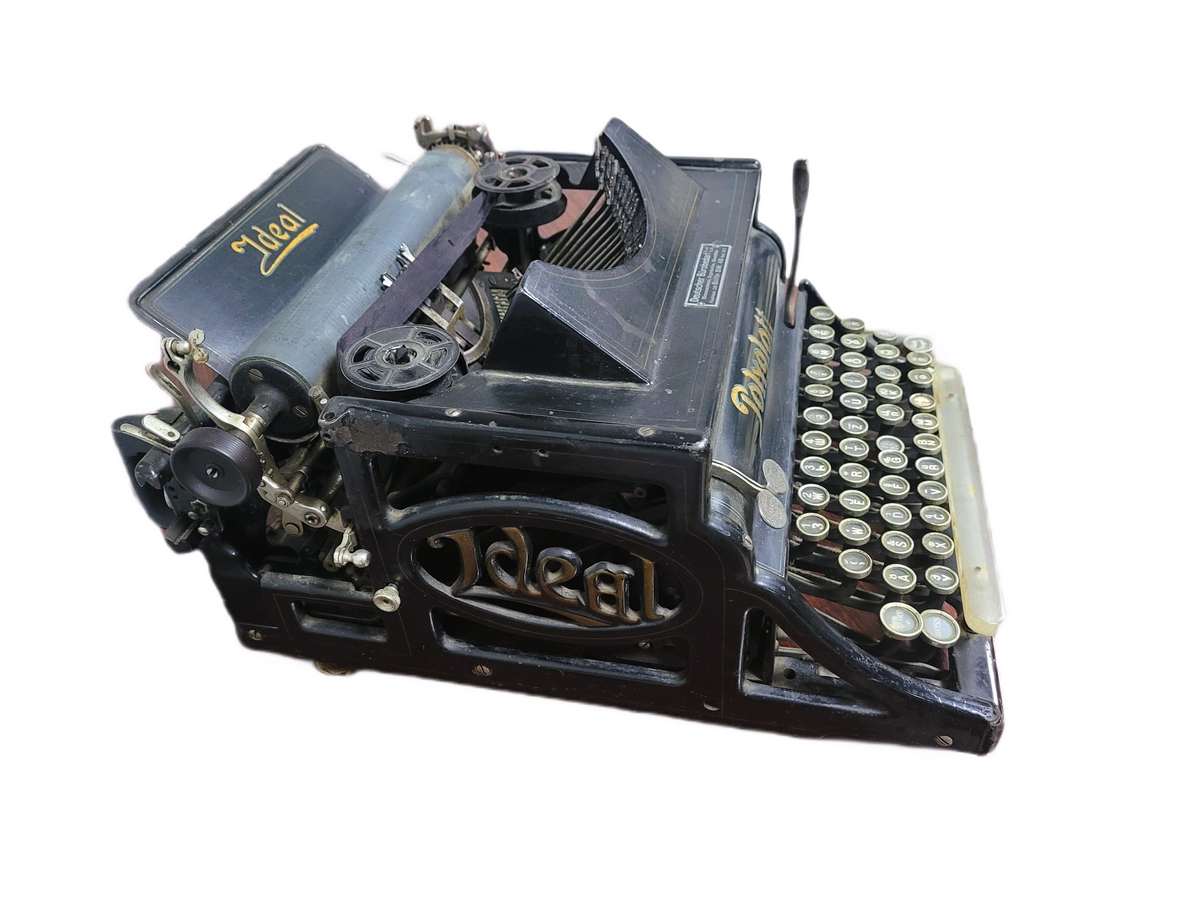 The side panels are elegantly decorated with refined cast-iron elements in the Art Nouveau style, displaying the brand name - "Ideal." The Polyglott model, featuring a bilingual keyboard patented in the United Kingdom by Max Klaczko from Riga, Latvia, was produced between 1902 and 1913, marking the first typewriter capable of writing in two languages. The "Ideal Polyglott" typewriter was actively sold in the Russian Empire and gained significant popularity in Poland, Bulgaria, and Serbia.
The side panels are elegantly decorated with refined cast-iron elements in the Art Nouveau style, displaying the brand name - "Ideal." The Polyglott model, featuring a bilingual keyboard patented in the United Kingdom by Max Klaczko from Riga, Latvia, was produced between 1902 and 1913, marking the first typewriter capable of writing in two languages. The "Ideal Polyglott" typewriter was actively sold in the Russian Empire and gained significant popularity in Poland, Bulgaria, and Serbia.





































